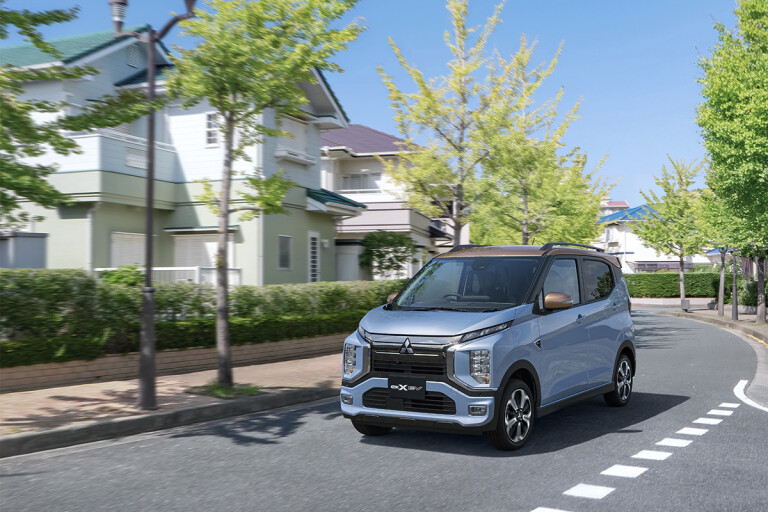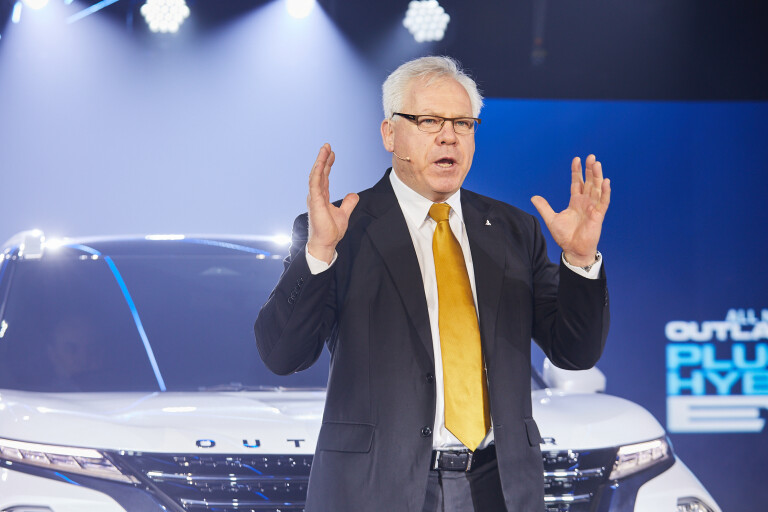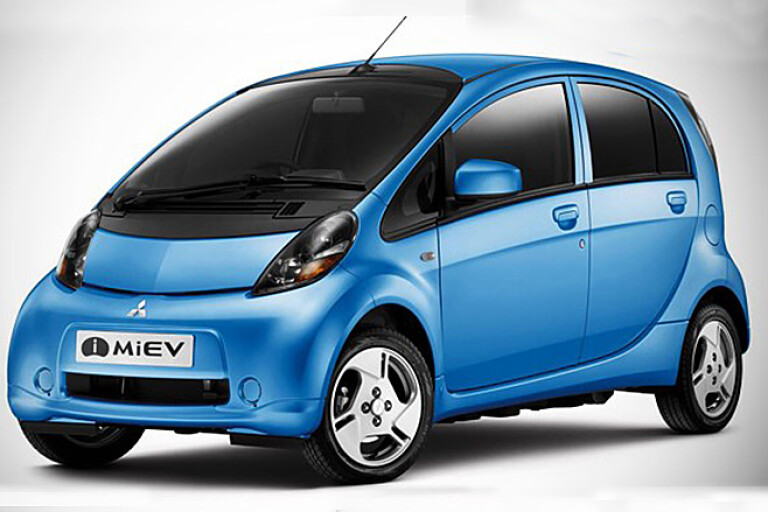Mitsubishi Australia has the EK X all-electric kei-car in its sights should it prove our market is the right fit for such a vehicle, Wheels understands.
The EV was introduced last year in the firm’s native Japan for ¥2,398,000 (roughly AU$26,500), joining the kei-car series locally with “more of an SUV flavour”.
It claims a driving range of 180 kilometres coming from a 20kWh battery, offers 47kW of power and 195Nm of torque, and weighs in at a light 1080 kilograms.
Said battery can charge to full capacity in eight hours using regular charging (AC200V/14.5A), or about 40 minutes to 80 per cent through quick charging, and it even has two-way vehicle-to-load power.

5
But is the pint-sized Outlander lookalike really ever likely to come to Australia where we love big SUVs and utes? Mitsubishi Australia’s CEO Shaun Westcott thinks so – under the right conditions.
“[EK X] is one of those where we’re always looking at new opportunities,” he told Wheels.
“We have to ask is it relevant? Could this work in Australia? But definitely one thing I’ve noticed at Mitsubishi is Japan takes our media’s feedback quite seriously, so watch this space.”
One of Mitsubishi Australia’s considerations, according to Westcott, is what the flavour is like locally for EVs, and it is also guided by history – which hasn’t always been so kind to the company.

5
It’s first (and only since) fully-electric offering in Australia was the i-Miev hatchback, which was introduced here in 2009, one year after launching in Japan. However, it wasn’t actually available publicly until 2011 and was gone by 2013.
At the time it went for a starting price of around $48,000 and charged in eight hours using a 15-amp powerpoint or four hours with a fast-charger to achieve a driving range of just over 100 kilometres.
“We lost lots of money [on i-Miev] because Australia wasn’t ready for it,” said Westcott. “It maybe, to be frank, burnt our fingers, because we brought the technology to the market 15 years too soon.
“We were way ahead of our time, but it cost us a lot of money. Hence all the recent conversations about EVs and PHEVs – are we ready?

5
“It’s important that we time ourselves for the market. We support what the new government is doing, but [also focus on] what our customers need and want and what they’re ready for.”
In recent months, the carmaker has revealed plans to launch 35 electric vehicles by 2030 across five new platforms, and says it can access a number of electrified models from across the Renault-Nissan-Mitsubishi Alliance if it chooses to.
“We have, through our alliance and through our own networks, access to a wide variety of cars,” Westcott told us. “Not all of them will work in Australia. Not all of them appeal to Australians. We have access to a whole suite of French cars – they’re the top selling cars in Europe, but they’re not the top selling cars in Australia.

5
“As the CEO of Australia, I have to look at what does Australia need? What does Australia want? It’s like opening drawers on a filing cabinet. We can get them, but do we need them, and do we want them, and will our customers buy them?
“I mean, the [climate change/EV] discussions that we are having with Chris Bowen wouldn’t have happened three years ago. They wouldn’t even have been on the radar. So the world is moving and moving rapidly, and, as a business, we need to be agile to be able to respond to the market – to economic conditions, to macroeconomic conditions, to microeconomic conditions, to changing customers, consumer needs, desires, preferences. That’s what we do. That’s our core job.”






